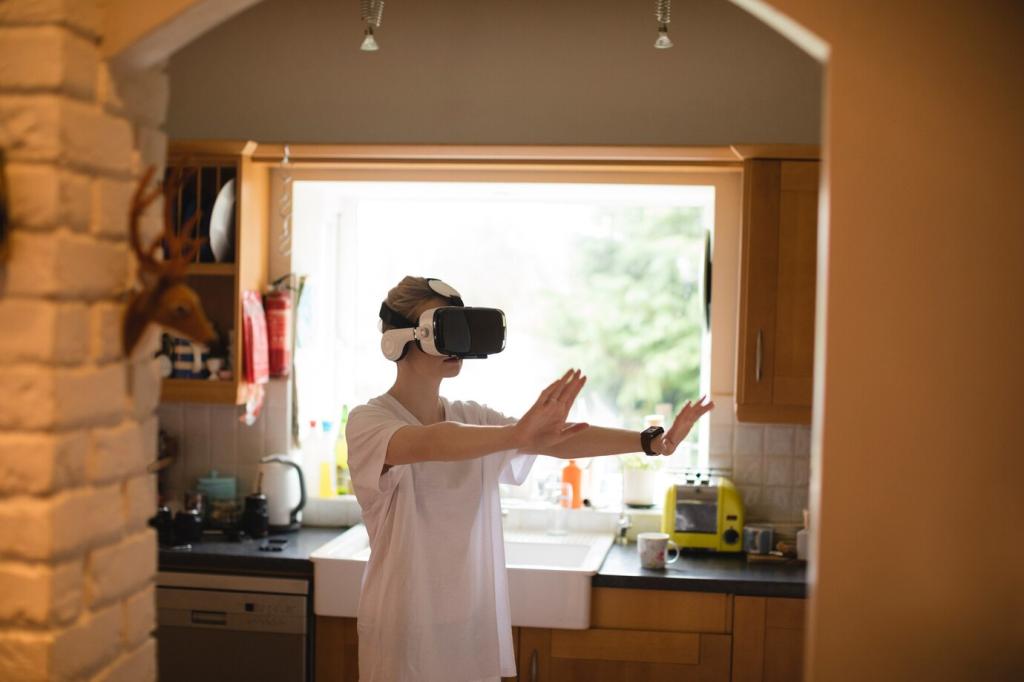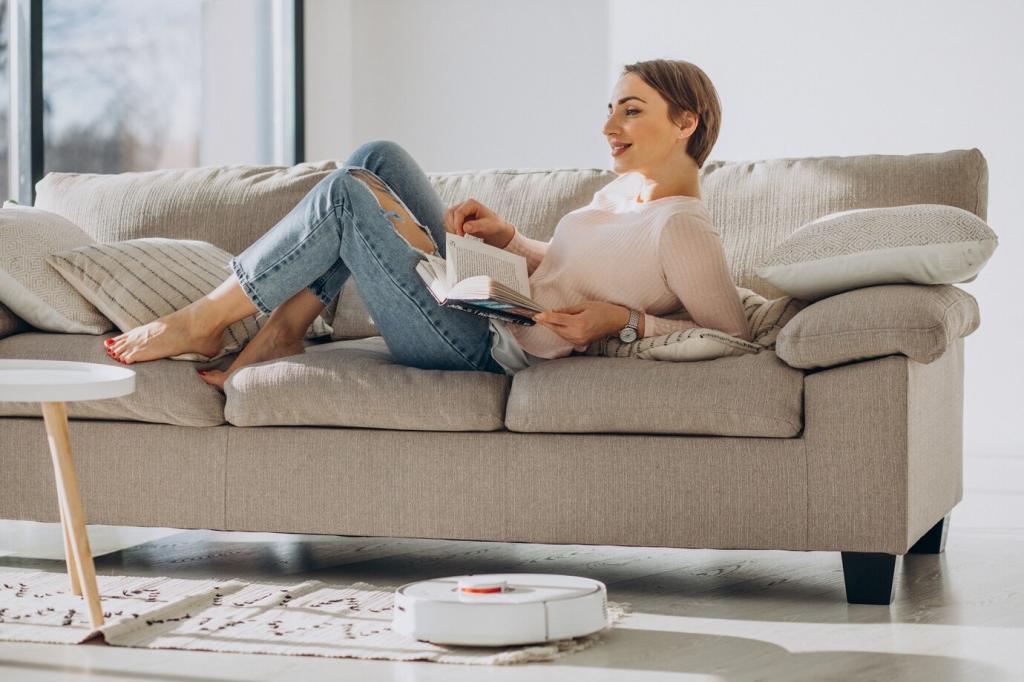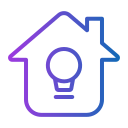
Advancements in Smart Home Automation Technology
The realm of smart home automation has experienced remarkable growth, fueled by innovations in connectivity, artificial intelligence, and sensor technology. Modern households can now enjoy unprecedented convenience, security, and energy efficiency as these advancements continue to integrate seamlessly into everyday life. The following sections delve into the pivotal developments shaping the present and future of smart home automation, highlighting transformative technologies and their real-world impact.

Unified Device Ecosystems
The emergence of unified device ecosystems has significantly simplified the management of smart home gadgets. Instead of wrestling with multiple apps or controllers, homeowners can now rely on centralized platforms to oversee lighting, security, climate control, and entertainment. This shift is powered by protocols like Matter and Zigbee, which foster interoperability among different brands and product types. With unified ecosystems, device installation and routine adjustments become more intuitive, reducing learning curves and technical barriers for users of all technical backgrounds.

Seamless Cross-Platform Communication
A major leap in smart home automation is the effortless communication across platforms and devices. Modern smart hubs and cloud-based services enable interactions regardless of manufacturer, allowing for a truly interconnected experience. For instance, a smart lock from one company can activate cameras and send notifications through another developer’s security system. These cross-platform capabilities help users customize automations that best fit their routines, without the frustration of brand limitations or compatibility issues.

The Rise of Wireless Connectivity Standards
Wireless connectivity standards such as Wi-Fi 6, Bluetooth LE, and Thread have unlocked new potential in smart home deployments. Enhanced speed, extended range, and improved reliability enable devices to communicate more efficiently while minimizing latency. This opens the door for more sophisticated automations, from instant lighting adjustments to synchronized multi-room audio. The widespread adoption of advanced wireless standards ensures that today’s smart homes are robust, future-ready, and capable of expanding as new devices or features emerge.
Artificial Intelligence and Automation
Adaptive Learning Algorithms
Modern smart home hubs leverage adaptive learning algorithms to analyze homeowners’ behavior and optimize automations accordingly. These systems don’t just follow preset rules; they evolve by observing usage patterns, such as preferred lighting schedules, thermostat adjustments, and security routines. Over time, automations become more accurate and aligned with individual preferences, reducing the need for manual intervention and creating a home environment that’s both responsive and personalized.
Predictive Maintenance and Alerts
AI-driven predictive maintenance is revolutionizing how homeowners care for appliances and systems. By monitoring performance metrics and detecting anomalies, smart homes can now alert users to issues before they escalate into costly repairs. From HVAC filters nearing the end of their life to water leaks or abnormal energy consumption, predictive alerts provide peace of mind and foster proactive home management, saving both time and resources.
Personalized Voice Assistants
Voice assistants powered by advanced AI and natural language processing are becoming more sophisticated in understanding context, intent, and even tonal cues. This progression allows devices like smart speakers and displays to interpret complex commands, recognize multiple users, and provide tailored responses. Whether managing schedules, controlling appliances, or answering questions, AI-driven voice assistants serve as intuitive and accessible gateways to comprehensive smart home control.


Previous slide
Next slide
Security and Surveillance Innovation
AI-Based Threat Detection
Smart home security systems now incorporate AI-based threat detection to differentiate between genuine dangers and harmless activity. Cameras, sensors, and alarms work together, analyzing data to recognize unusual behavior, face recognition discrepancies, or possible break-in attempts. By filtering false alarms and proactively alerting users to actual threats, these systems ensure peace of mind and swift response, whether homeowners are at home or away.
Remote Access and Real-Time Alerts
With the rise of internet-connected security infrastructure, homeowners can now monitor and control their properties from anywhere in the world. Systems send real-time alerts for events such as motion detection, door access, smoke alarms, or even unexpected environmental changes. Mobile apps and cloud dashboards provide instant access to live video feeds, enabling immediate action or calls for help. This level of oversight marks a significant increase in both security and convenience, especially for frequent travelers or remote workers.
Integrated Smart Locks and Entry Systems
Smart locks and entry systems integrate seamlessly with other security devices, offering advanced access control without the need for traditional keys. These entry solutions utilize PIN codes, biometrics, or smartphone credentials—sometimes even temporary codes for guests or service personnel. Integration with surveillance cameras and alarm systems ensures that entrances are secure, monitored, and manageable from central dashboards. Smart locking technology also paves the way for automation scenarios, such as unlocking doors when a trusted person approaches or automatically locking at predetermined times.
Health and Wellness Enhancements
Smart sensors capable of monitoring air quality, humidity, temperature, and even noise levels are becoming commonplace in automated homes. These devices provide ongoing data and can trigger ventilation, purification, or heating and cooling systems in real time. Residents receive timely alerts when thresholds are breached, allowing for immediate remediation and a healthier indoor environment. Such monitoring is particularly vital for households with allergies, asthma, or other respiratory conditions.


Cutting-edge smart home theaters and multi-room speaker systems deliver cinematic experiences throughout the house. Spatial audio, high-resolution displays, and synchronized lighting transform everyday viewing and listening into immersive events. Automation scenarios can optimize sound and image settings automatically based on content type, time of day, or viewer presence. This personalized approach ensures each family member enjoys content exactly as intended, enhancing communal and individual leisure time.

The integration of voice and gesture controls in media devices has unlocked a new level of convenience and accessibility. Users can play music, change channels, adjust volume, or launch streaming services simply by asking or using hand gestures. This touch-free interaction is particularly appealing in shared or busy spaces, supporting a hands-on lifestyle while empowering everyone—from young children to seniors—to operate devices easily.

Smart homes now leverage artificial intelligence to curate and recommend content based on household member preferences and historical usage. Streaming platforms, music libraries, and news feeds adapt to individual tastes, providing bespoke recommendations that grow increasingly precise over time. By tying content algorithms into holistic home automation, users can schedule content delivery for preferred times, automate bedtime stories for children, or set the mood with personalized playlists at dinner.
Accessibility and Universal Design
Voice assistants, sensor-triggered automations, and simplified interfaces enable users to manage everyday chores with minimal effort. From opening blinds and adjusting thermostats to preparing coffee or accessing reminders, smart home systems supplement independence for anyone facing physical or cognitive challenges. This democratized access to household controls marks a vital step toward barrier-free living environments.

